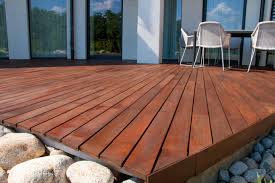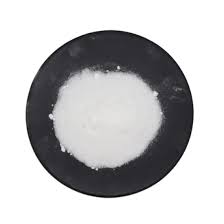Deck boards (Deski tarasowe) are a crucial element in any decking project. They play a key role in both aesthetics and functionality. Whether you’re building a modern deck or replacing old boards, understanding the various alternatives available will help you make informed decisions that align with your preferences and needs.
Types of Deck Boards
Wood deck boards: Classic and timeless wood Deck boards (Deski tarasowe) are available in a variety of varieties. Pressure-treated lumber, like redwood, can be a well-liked option due to its low cost and durability. Cedar and redwood are also popular due to their inherent resistance to rot and insects and their beautiful appearance. However, decks made of wood require regular maintenance, which includes staining and sealing, to protect against weathering.
The composite deck boards: Constructed by blending plastic and wood fibers, composite deck boards give you the appearance of wood but with enhanced durability. They are resistant to fading and staining as well as scratching as well as they don’t require the same level of care like wood. Composite boards are available in a range of styles and colors, making them a versatile option for various design preferences.
PVC Deck Boards: Polyvinyl chlorine (PVC) deck boards are 100% synthetic, providing excellent resistance to moisture, insects, and UV Rays. They are light, simple to install and require little maintenance. PVC boards come in various colors and textures, mimicking the look of natural wood.
Aluminium Decking Boards While not as common the these decking boards made of aluminum are sturdy and resistant to extreme weather conditions. They are fireproof and do not require staining or painting. However, their price may be higher than other types of materials.
Choosing the Right Deck Boards
When selecting deck boards, take into account the following aspects:
Durability: Consider the durability of the material. up to physical elements and foot movement, and wear over time.
Maintenance: Determine how much time and effort you’re willing invest in upkeep. Wood boards require more care in comparison to PVC or composite alternatives.
Cost Budget: This is a vital consideration. Although wood might be less expensive initially, long-term maintenance costs will increase. Composite and PVC boards come with a higher initial cost, but are more affordable over the long term.
Aesthetic: Select a style and hue that is a perfect match for your home and the outdoor space. Composite and PVC have greater color and design alternatives compared to wood.
Installation Tips
A proper installation is essential for ensuring the long-term durability the deck. Follow the manufacturer’s guidelines for spacing and fastening and consider using a professional installer if you’re uncertain about the process.
In conclusion, deck boards come in many different materials, each offering different advantages and benefits. If you are aware of your options and carefully evaluating your needs, you can pick the perfect deck board to create a beautiful and sturdy outdoor space.



